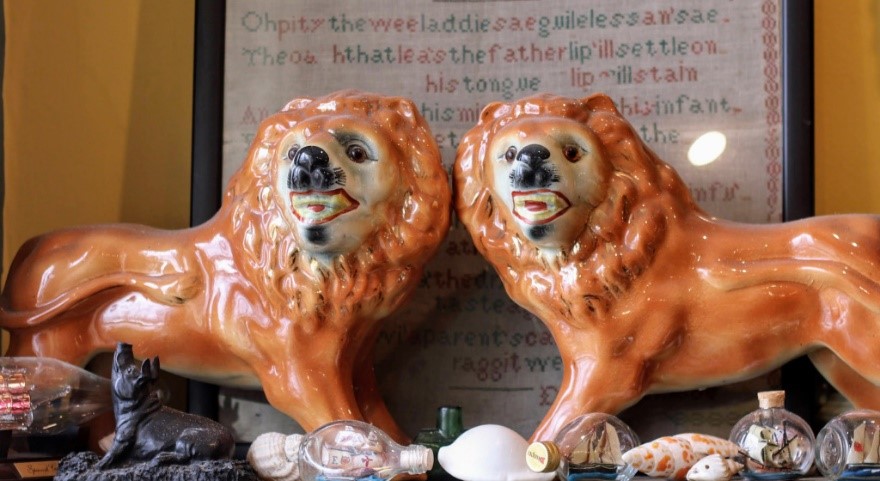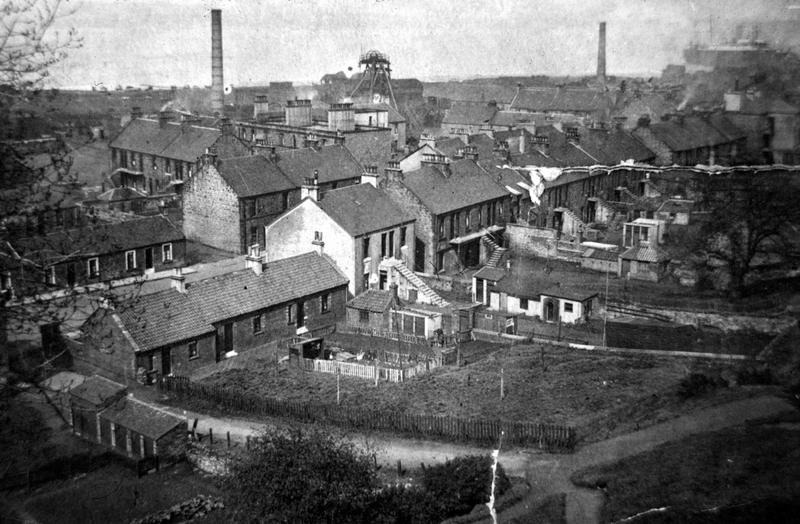Falkirk Community Trust has been collaborating with Sustrans on their wonderful Greenways project to bring some local heritage to life along the foreshore at Bo’ness. This is one of the stories from the project.
“The indefatigable Dr Robebuck, in the year 1784, established the pottery in which, for the next century, was conducted one of the most important local industries. This gave Bo’ness a very wide reputation for the manufacture of many useful kinds of pottery ware.”
fields['text']) echo $section->fields['text']; ?>
The History
From posh plates to wally dugs, the potteries of Bo’ness made it all. At different sites, over nearly 200 years, eye-catching collectables were manufactured. Today, the potteries are long gone – but you can still pick up fragments of pots on the beach at Bridgeness (just beside Anderson’s woodyard). And for those looking for more complete pieces, Bo’ness pottery can still be found in antique shops and on eBay. The Bo’ness Pottery website is also keeping the memories alive.
The Bridgeness Brownware Pottery was first local pottery to arrive in 1766, occupying a site now home to the Bridgeness Slab Roman replica on Harbour Road. It operated until 1802. Next up was Bo’ness Pottery – the town pottery – launching in 1784. It had a number of owners, including John Roebuck, one-time business partner of the inventor James Watt. The pottery was run over sites in Main Street until 1898. The town’s modern-day Tesco store now sits on part of the site.
The Grange Pottery in Grangepansm came next - setting up in 1879. Sadly, it’s operations were short-lived. It lasted just ten years. C.W. McNay’s Bridgeness Pottery then joined the ranks of local potteries, officially opening in 1888. The pottery stayed in the ownership of the McNay family until 1958. It was sited on land now occupied by Anderson’s woodyard, just off the John Muir Way. McNay’s produced a wide range of goods, from the aforementioned wally dugs and other animals, as well as fancy plates and jugs. The year 1892 saw the opening of the Industrial Co-operative Pottery in Grangepans. It traded for just two years and closed in 1894. The site later became home to the West Lothian Pottery – operating from 1896 until 1929.


Why all the Potteries?
One theory is that suitable clay was available locally – although more industrial processes called for finer clays from Devon and Cornwall. Luckily, Bo’ness had a port to important raw materials. Historians also believe the long-established trading connections with Holland brought Dutch potters to the area. Then there was an abundance of coal and salt locally, which were used in the production process. Even though the days of the potteries are over, you can still find some locally made treasures if you know where to look!

